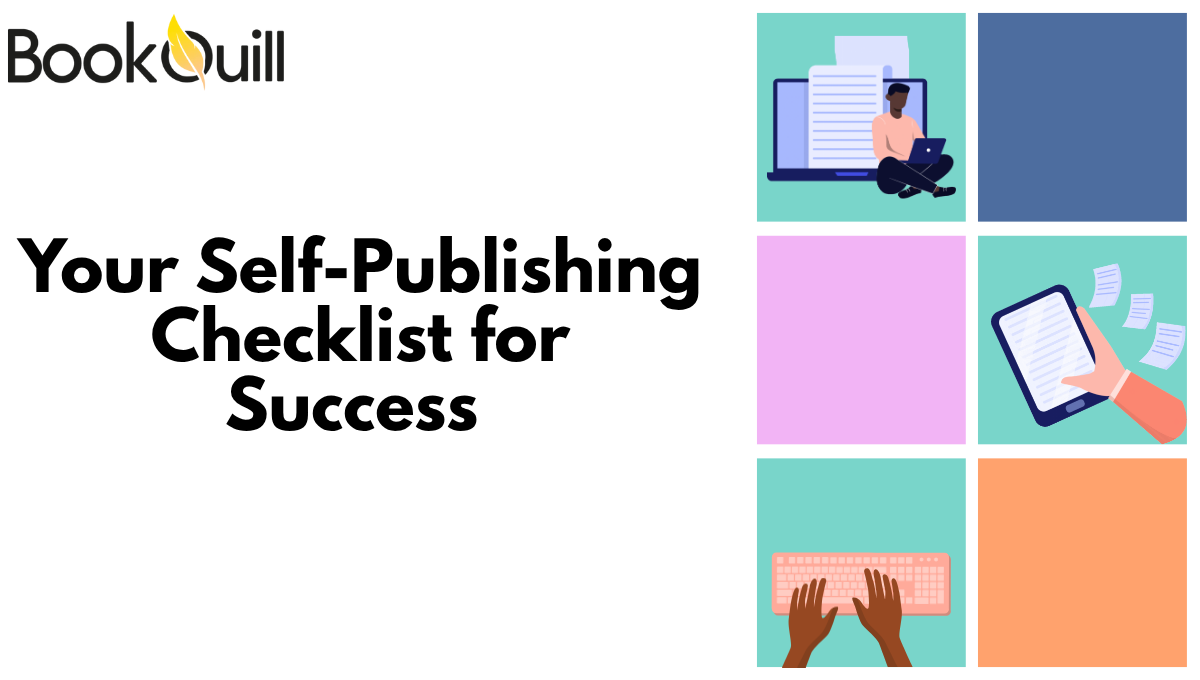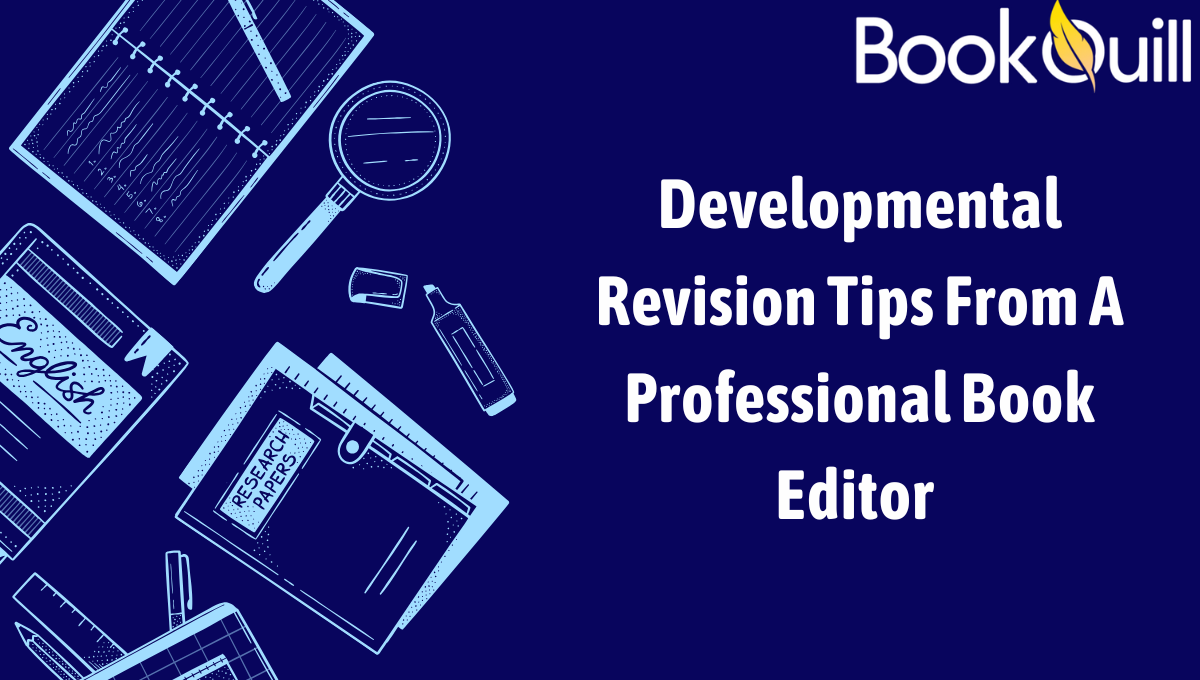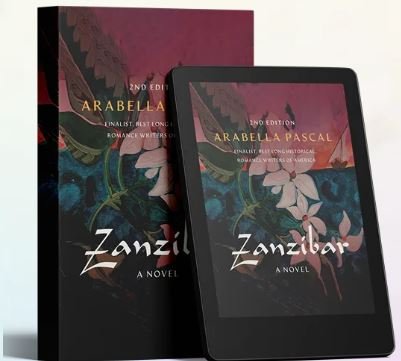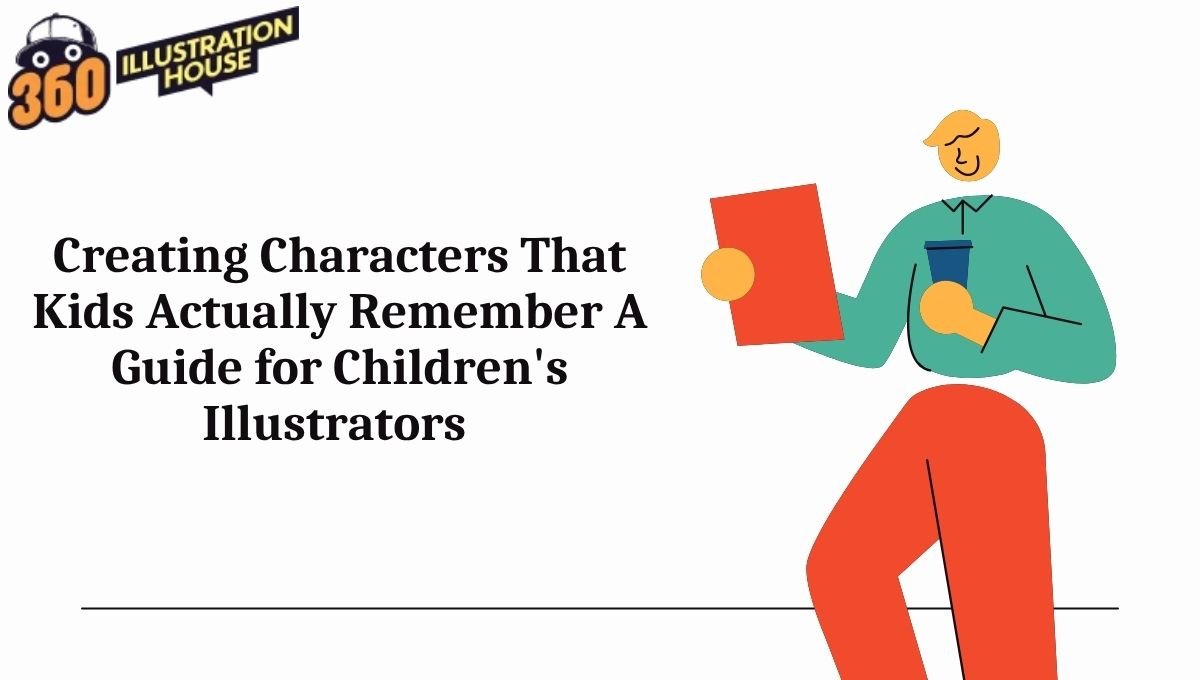Putting a kid down to sit and read carefully is a challenge. For many children, the process of reading can feel like a chore. It’s frustrating, slow, and—if we’re being honest—not something they always see as fun or rewarding. But hey, that doesn’t mean we stop encouraging them to read.
In fact, it means we have to get smarter about how we introduce books to kids, and one of the most powerful tools we have is illustrations in the book.
Research conducted by Xichen Sun at the Beijing Institute of Technology explored how illustrations in children’s literature affect reading comprehension. The results? Children significantly understood stories better when the illustrations were directly related to the text. Visual cues helped them follow the plot, absorb emotions, and stay engaged. This is even better when words feel unfamiliar or complex.
When a child opens a picture book, they’re not just “looking at pictures.” They’re connecting words with their meanings. The style of the illustrations is important too.
With so much digital and AI-made art available online and the fact that you can make one within minutes, many publishers are still deliberately choosing hand-drawn illustrations. Let’s find out why.
Key Takeaways
- Illustrations made by hand offer emotional depth and sincerity that digital art often lacks.
- Publishers find hand-drawn illustrations easier to market due to their nostalgic, human feel and visual uniqueness.
- Genres like children’s books, memoirs, and literary fiction often rely on drawn-by-hand art to strengthen narrative and mood.
- AI-generated art raises ethical and creative concerns, making publishers more cautious and favoring artist-created content.
- Professional illustrators who understand both traditional techniques and digital production standards are more likely to satisfy editorial needs.
- In a heavily digital market, hand-drawn images help books stand out and build meaningful reader connections.
Why Hand-Drawn Illustration is Still #1 Choice for Publishers
1. Originality Comes as Standard
Every hand-drawn illustration is inherently unique. There’s no template, no stock database to pull from, and no algorithm trained to mimic a specific look.
These small flaws make art feel more real, and we can only find them in traditional art. Publishers value that authenticity because it protects their brand identity and ensures that no two books look too similar.
2. Emotional Connection Matters
When it comes to children’s literature, you need pictures and illustrations that help a child understand and grasp the concept of emotions. These pictures and illustrations basically help them to connect emotions and feelings with real-world cues.
Now, the AI-generated illustrations do not have that connection. There’s a tactile warmth in hand-drawn illustrations that digital art, no matter how skilled, struggles to replicate.
Hand-drawn lines often appear softer, friendlier, and less artificial. Children—and their parents—understand this instinctively. The visible marks from a brush or pencil make it feel like someone created the art just for them.
In other words, the hard work that custom kids’ book illustration services put into creating art feels personal and human. This especially helps when you’re helping a child develop their first emotional connection with books.
3. Stronger Branding and Identity
Publishers often choose hand-drawn illustrations because they help their books stand out. Every illustrator has their own way of drawing. Even small details, like different lines and brush strokes, can vary from one illustrator to another.
That personal touch makes the artwork feel special and one-of-a-kind. When a publisher works with the same professional book illustration services across a series, that style becomes part of the publisher’s identity. It gives their books a signature look that readers can recognize and remember. You can recognize their books just by the artwork, and that’s something that digital or AI-made pictures can’t easily replicate.
4. Kids Crave the “Perfectly Imperfect”
Kids notice everything, even if they can’t say it. A hand-drawn animal with uneven whiskers or funny faces feels more alive and makes young readers want to stop, laugh, and use their imagination.
High-tech digital art can sometimes feel weird or too “perfect” to children. This doesn’t leave space for their imagination. Always remember that kids like things to be a bit messy. They enjoy seeing that the world isn’t flawless. Because that’s where stories come from.
5. Art Directors Want Originality, and Honestly, We All Want That Too
I think we all have said this one way or another, but nobody has said that out loud. So let me do that for you: “DIGITAL ART LOOKS THE SAME”.
While we acknowledge that AI-generated art is easy, quick, and less expensive, let’s be honest, art is fundamentally about creativity. Humans are considered the most creative beings because we have the ability to express ourselves through various forms of art. So, why not leave the creation of art to humans?
There are many Procreate brushes, Photoshop plug-ins, and AI tools available, which makes a lot of illustrations look similar, even if they are made well. Art directors look through many portfolios. When they find a unique sketch or a gouache painting that shows real texture, they pay attention.
Being original is very important today. This is why you must look for an illustrator or professional comic book artist for hire who can take a lot of creative risks and deliver quality and unique illustrations.
6. It’s Easier to Market
Marketing teams know that emotional visuals sell. Drawings that evoke warmth, personality, or nostalgia tend to perform better across social platforms, print promotions, and merchandising.
Every smart publisher knows that traditional artwork generates stronger audience responses, especially from parents and educators.
7. Awards Still Favor Traditional Styles
Let’s talk about the book industry for a moment. If you look at the winners of the Caldecott Medal, Ezra Jack Keats Award, and other important illustration awards, you’ll notice a trend: many winning books feature hand-drawn or traditional artwork.
That doesn’t mean digital art can’t win awards, but hand-drawn illustration clearly DOMINATES.
And here’s the thing: Publishers love awards. They help sell more books, make the publisher look good, and attract media attention. If a certain style of illustration keeps winning awards, publishers will definitely keep looking for it.
Conclusion
Even in a tech-driven era, publishers continue choosing hand-drawn illustration for its warmth, emotion, and authenticity. It connects creators and readers in a way that digital shortcuts cannot.
If you think hand-drawn illustrations are fading away or not popular anymore, don’t worry! This old art form is still very much alive, and people continue to love it. It’s not going anywhere anytime soon!
FAQs
Can hybrid (hand-drawn + digital editing) meet traditional publishing standards?
Yes. Most illustrators now scan or photograph their hand-drawn work, refine it in Photoshop or Procreate, and deliver layered files. This method keeps the analog charm intact while ensuring production efficiency, color consistency, and print readiness.
Are hand-drawn illustrations more expensive to produce?
Sometimes, yes. Hand-drawn art can take more time and effort, especially with traditional materials. However, many publishers think it’s worth it. A special, handmade look can make a book stand out, boost sales, and create a stronger brand.
What are the legal and ethical risks of using AI-generated art in children’s books?
Using AI-generated illustrations comes with several legal and ethical risks. First, copyright issues: Many AI tools are trained on existing art without the original artists’ consent. This means your book could unknowingly include elements copied from someone else’s work.
What styles of hand-drawn illustration are publishers currently loving?
Watercolors, ink lines, colored pencils, and even crayon-like textures are making a comeback. Quirky or minimalistic drawings that highlight personality over perfection are also in demand. These are the styles that connect emotionally, not just visually.
















Leave a Reply